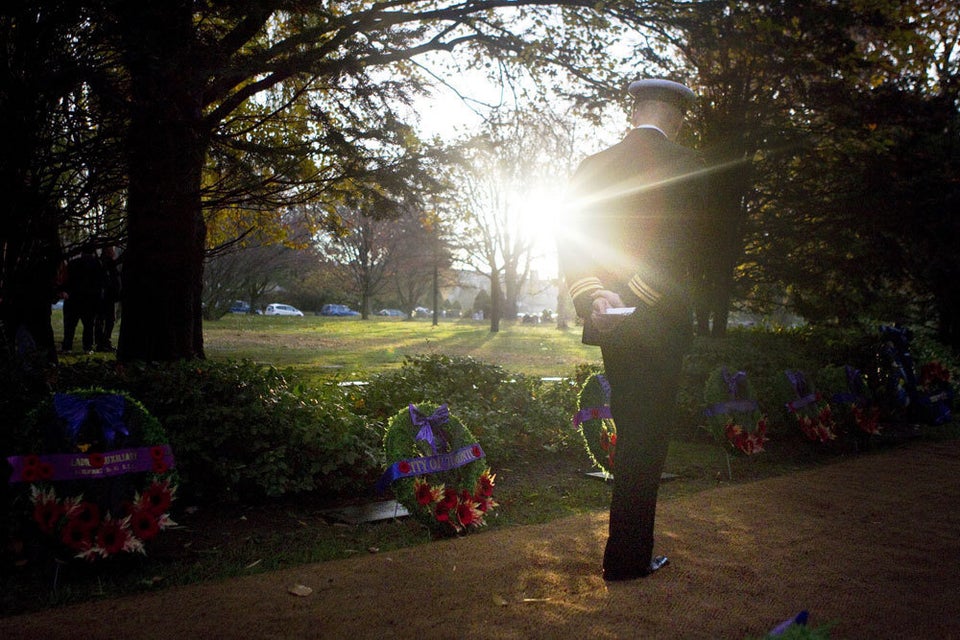I'm always proud to pin my poppy onto my jacket every November. Remembrance Day is when we really get to say thank you to the Canadians, past and present, who have served in the armed forces for all they have given up for us. By wearing a poppy in November, we honour their courage and pledge to remember their role in our national history.
That's why I'm always surprised that so many people are unaware about the military connections in their ancestry. Shockingly, almost one-third of Canadians do not know if any of their ancestors fought in either the First or Second World Wars.
My husband has a military hero in his family tree, and my daughter and son-in-law are both in the military and I'm extremely proud of the life my daughter and her husband have chosen to live -- proud to call myself their mother. One of the best ways I can honour their dedication is by making sure they are never forgotten and putting their story in my family's tree.
Here are five easy steps to help you discover your military ancestors and start your family tree:
1.Start with what you know: The best place to start your family history journey is with information you already have: write down what you know and talk to family members.
2.Create an online family tree: Begin with yourself and add your parents and grandparents. Record each person's name, birthplace, birth date, death place and death date. If you don't know the exact information, take your best guess -- vague clues can lead to amazing finds.
3.Search family history records: Historical records are full of clues that connect individuals and events in your family history. War grave records reveal the circumstances of death of approximately two thirds of the Canadian soldiers who fought and died in the First World War in Belgium, France and the United Kingdom, while attestation papers indicate the willingness of soldiers to serve in the forces and also detail their birthplace, age, next of kin and regimental number.
4.Visit your local Library: Your local library or municipal archives offer a wealth of historical information. Search through old newspaper clippings and take part in family history information sessions or classes.
5.Share your discoveries with your family. Invite family members and friends to view your tree and any photos, stories, audio recordings or historical records attached to it. Then ask them to add facts, stories and photos to the tree for free.
By adding the information you discover about your ancestors onto an online family tree you can share your discoveries with other family members and ensure that future generations will never forget them either. To get started, consider taking advantage of the free access to all Canadian military collections, available on Ancestry.ca through Nov. 12.
When I take my minute of silence on Nov. 11, I will be honouring all the soldiers in my family tree -- including my daughter. I have assured that their duty to this country will always be remembered and it would be wonderful if you did the same.
To find out more, visit ancestry.ca/honouryourheroes
ALSO ON HUFFPOST:
